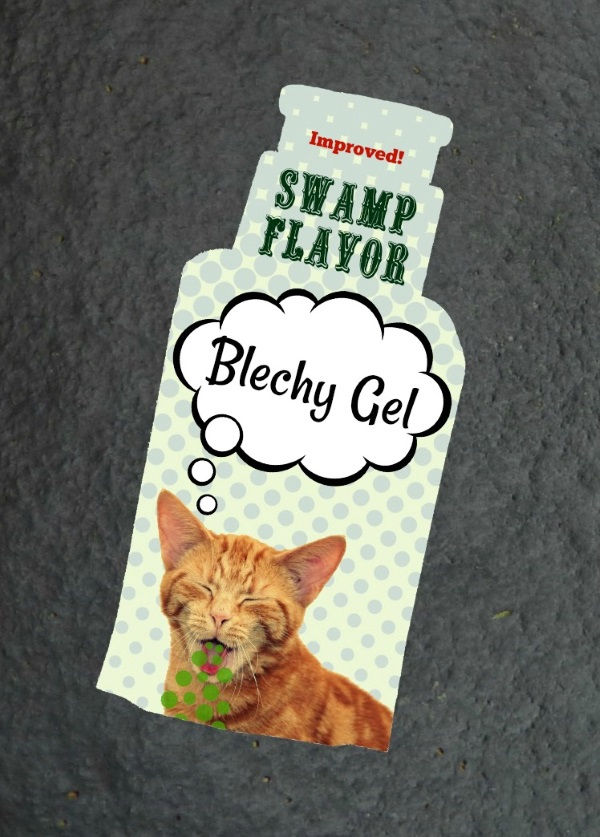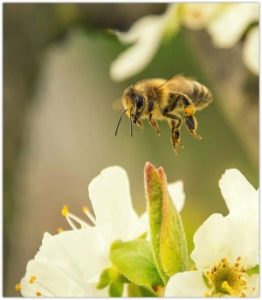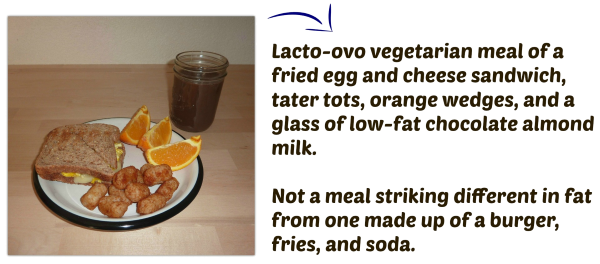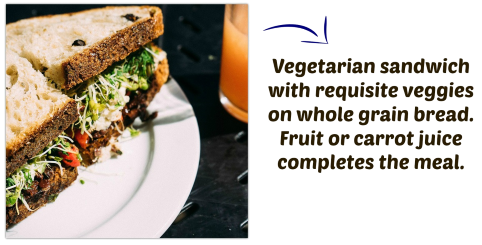Who Needs a Study?: Keeping Scientific Study in Perspective
Dear A & H…This is a topic that both fascinates and frustrates me. Science, unlike the judicial system or politics, has a rather good reputation. Nonetheless, it could do better.
Science is Good, Except When It’s Not
Of course, in spite of this post suggesting otherwise, scientific investigation is indispensable.
To think otherwise would be disingenuous.
Truly, human progress wouldn’t be possible without science.
We might take it for granted now, but there was a time when, without soap, cleanliness was relative, toilet hygiene involved leaves instead of Charmin, and energy in a tube was the stuff of fiction.
However, in spite of all this goodness, it’s right, proper, and prudent giving science a healthy dose of skepticism.
Here are two reasons to illustrate why.
#1: The Failure of Science
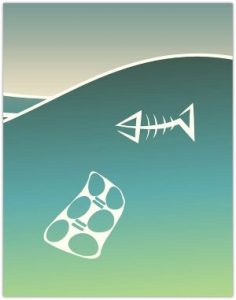 In the not so distant past, if those individuals who granted patents were a little more practiced at skepticism, maybe they might have been better at foreseeing the following:
In the not so distant past, if those individuals who granted patents were a little more practiced at skepticism, maybe they might have been better at foreseeing the following:
The Great Pacific Garbage Patch
A vortex in the North Pacific Ocean of mostly small pieces of floating plastic.
It’s BIG –
It’s not the only marine trash vortex but, with it roughly two-times the size of the continental U.S., it’s quite possibly the largest.
It’s BAD:
It poses a risk to marine creatures who mistaken dine on it.
It’s UGLY –
Once eaten, these creatures risk choking, starvation, or other harm.
It begs ASKING –
Who, all those years ago, thought it a good idea to make a product that makes up almost everything we buy – because isn’t far-reaching implications or widespread use the vision of most creators? – yet not take into consideration its decomposition rate or its effect on the environment if not properly disposed of? If they did, was it only a passing thought?
Neonicotinoids
These insecticides are used in farming.
They kill insects that like the same foods we do. Think apples, cherries, peaches, oranges, berries, leafy greens, tomatoes, potatoes, cereal grains, rice, nuts, grapes, corn, etc.
From a monetary viewpoint, its use makes sense.
Kill the pests…increase crop yield…experience greater profits. Great idea!
Until it’s not.
This kind of insecticide kills pests, yes, but also beneficial insects.
One beneficial insect it harms is the bee.
It’s estimated that 1/3 of the produce we eat¹ is due to the activity of pollinators. Kill off bees, it’s not difficult imagining produce departments in the not-too-distant future looking much different than they do today (in a bad way). 😢
From the outside looking in, how was this overlooked? Did they not test these insecticides on beneficial insects, too, to see how they would respond to exposure?
That said, could science do better?
Perhaps.
Today, the gold standard in research is the randomized controlled trial (RCT). It’s a study design that compares an experimental group to a control group.
It works fairly well, but considering it gives us medication that’s sometimes recalled and opinions that need reversing, maybe it’s time for an upgrade. Maybe it’s time for scientists to aspire to a diamond standard.
What shape this standard takes is up to the experts. But, if it involved an experimental design that can’t ever shortchange comparisons of real-time efficacy to future performance and safety, that would be a comfortable new norm that I think a lot of us could live with.
#2: Is That Study for Real?
Briefly, consider a fictional study about vegetarianism and whether or not it prevents or reverses CVD (cardiovascular disease). Long story short, the study showed no benefit.
Most people would take this result at face value. Given that the study was published in a prominent peer-reviewed journal, why wouldn’t they? We’re raised to trust science.
But, it sometimes comes to pass that an outcome, very much wanted and needed, can be made to be so. All it takes is being clever with the study’s design.
Looking at our fictional study, instead of choosing people who followed a vegan or ovo-vegetarian diet, scientists chose folks who ate a lacto-ovo vegetarian diet for their experimental group. The control group followed a typical western diet.
Of course, at the beginning of the paper, they introduced both study groups by their respective names, “lacto-ovo vegetarian” and “western.”
However, from that point on, only the term “vegetarian,” not “lacto-ovo vegetarian,” is used in the paper.
Naturally, this conjures up images of fruit, vegetables, and grains, not cheese and whole milk products.
In the end, having chosen their diets well, scientists are actually comparing two diets that really aren’t much different in terms of fat content. Therefore, even before initiating any data collection, the likely outcome of the study is known.
So, not surprisingly, the study concludes showing no statistical difference between the two diets as it relates to preventing or reversing CVD.
Now, if only they used the vegan diet which most people imagined they did…
Summing Up
Of course, these are just my opinions. Having worked in “healthcare,” I’ve naturally become a little cynical about scientific studies and their outcomes, especially those investigating health and nutrition. Though I wish it was different, not everything can be taken at face value.
It’s not unfair to think this way.
Over the years, what is “fact” sometimes doesn’t stay so. Remember the reversals of recommendations regarding egg yolk, cholesterol, margarine, sugar-substitutes, saturated fat, etc?
Also, as a society, when we should be looking and feeling healthier, given all our “good science,” we definitely don’t show it.
Go figure. 😕
Much love, O.M.
Sources:
- ¹McGregor, S.E. 1976. Insect Pollinations of Cultivated Crop Plants. US Department of Agriculture, Agriculture Handbook 496.
P.S. Have you found this post helpful? If “Yes!,” please consider sharing, loving your body with a few miles today, and signing up for notice of new content. Thank you!
P.P.S. No spam ever. Staying away from processed is a healthy thing to do. 🙂


